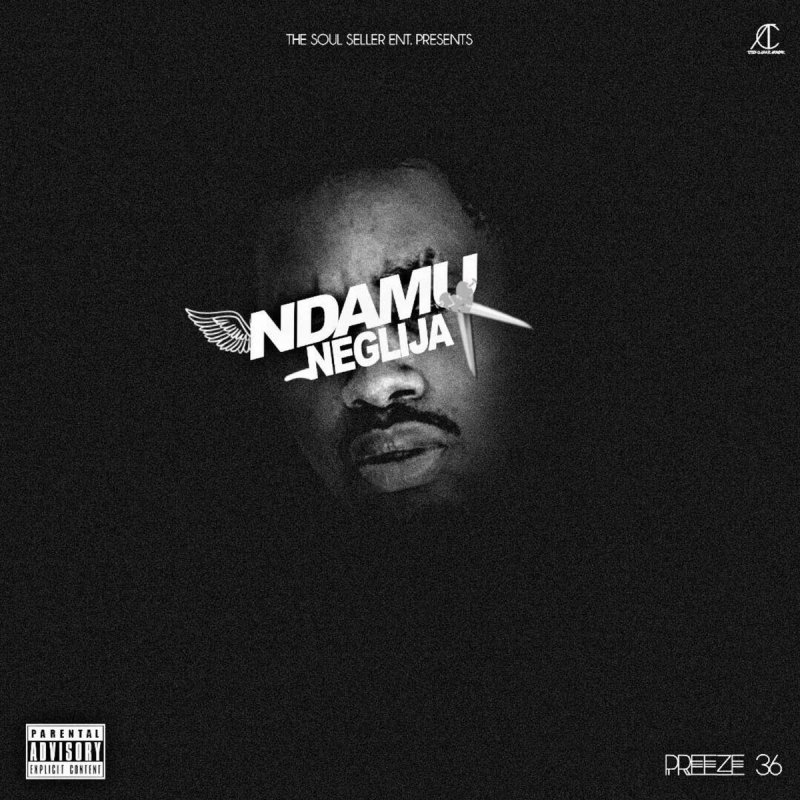Attractions in Burundi
Amable karasira ameneye inda kukgikumwe,thom ndahiro niyo mukinye urubugu ukamutsinda akwagiriza jenoside. Urubugu, also called igisoro or ikibuguzo, is a game from Africa. It belongs to mancala games big family, which are seeding games where seeds are to be placed in pits according to rules that appear quite simple, but turn out to be extremely rich and subtle. Urubugu is a very popular game in Burundi and in Rwanda.
Admire the flora and fauna
For a small nation, Burundi has a diverse series of habitats, ranging from savannah to blooming fields and mountain forests that are home to myriad species of both plant and animal life. Just 15km (9miles) from the capital, Rusizi National Park provides a wetland habitat for hippos, while Ruvubu National Park also contains a sizable population of leopards.
Be beguiled by Gitega
Gaze across the beautiful vistas of Burundi's central plains from the mountaintops of the Congo-Nile range in Gitega before exploring the second city's exquisite charm, from the history of the ibwani (or Royal Court) and National Museum, to the natural beauty of the Chutes de la Kagera waterfalls.
Echo Stanley’s famed words
Around 10km (6miles) south of Bujumbura is a large stone that is said to mark the historic first meeting between Stanley and Livingstone in 1871. Having pushed through equatorial Africa from the coast to locate the lost missionary and explorer David Livingstone, Stanley is supposed to have been mortified when all he could muster was 'Dr Livingstone, I presume?'
Experience drumming rituals
Located on a hilltop outside the town of Gitega, Gishora Drum Sanctuary was founded by King Mwezi Gisabo at the end of the 19th century to protect the ritual drums of the royal court. Today, a reconstructed palace houses the retinue drums used to announce important events, and two important unplayed drums named Ruciteme and Murimirwa.
Explore the capital
On Lake Tanganyika's northern shore, Bujumbura is a bustling city of 200,000 people. Growing in size after German colonisation in the 19th century, the city centre still includes a number of colonial-era buildings, including the Postmaster's House. Other attractions include an excellent market, the Islamic Cultural Centre, and the museé vivant, a reconstructed open-air village displaying Burundian culture.
Go birdwatching

Urubuga Rwimikino Murwanda
Located around Kirundo, in the far north of Burundi, Cohoha, Rweru and Rwihinda lakes are known locally as the best places in the country to settle down to some birdwatching. Rwihinda is even nicknamed 'Birds Lake' because of the sheer quantity of birds that settle there. Another popular birding spot is Kibira National Park.
Play the locals at urubugu
Urubuga Rwemewe Rwabahamya Ba Yehova
Compete with locals in the ancient game of urubugu (also known as mancala). Similar to draughts, the aim is to capture an opponent's pieces or block any legal move. It is traditionally played with pebbles, seeds or seashells on a board of hollows scooped out of the ground, or with expensive and elaborately carved wooden boards.

Reach the source of the world’s longest river

As far as Burundians are concerned (Rwandans hail it to be a narrow stream in Nyunge Forest National Park), the southernmost source of the Nile bubbles out of the ground at Kasumo, just 115km (70 miles) southeast of the capital, where a stone pyramid marks the spot.
Take to the waters of Lake Tanganyika
Whether you want to relax on its sandy beaches, kick back in waterside cafes and restaurants, become seduced by its natural beauty or take the opportunity to take to the water, Lake Tanganyika is the place to be. Thought to be the second largest freshwater lake in the world, it laps against the shores of Burundi's capital, Bujumbura.
Try your hand at traditional arts
A great way to get under the skin of Burundian culture is to explore its traditional arts and crafts at the Craftwares Village at Giheta. Leatherwork, ceramics, and woodcarvings are all for sale, while sculpture, wickerwork and painting can be practiced in the town's Art School.
Tourist offices
National name: Republika y'u Burundi
Urubuga Rw'imikino Kuri Tv1
Geography
Capital: Bujumbura
Major Towns: Muyinga, Gitega, Bubanza, Bururi
Location (geographical coordinates/latitude and longitude): 3°30'S, 30°00'E
Time Zone: CAT (UTC+2)
Size (Land and Sea): 27,830 sq km
Borders with Democratic Republic of the Congo 233 km, Rwanda 290 km, Tanzania 451 km
Elevation extremes (lowest and highest points) 'lowest point: Lake Tanganyika 772 m
highest point: Heha 2,670 m'
Politics
Head of State: President Pierre Nkurunziza
Form of Government: Republic
Independancy (from Belgium): July 1 1962
Currency: Burundi franc (FBu) (BIF)
Industry
Main Industries: light consumer goods such as blankets, shoes, soap; assembly of imported components; public works construction; food processing.
Natural resources: nickel, uranium, rare earth oxides, peat, cobalt, copper, platinum (not yet exploited), vanadium, arable land, hydropower, niobium, tantalum, gold, tin, tungsten, kaolin, limestone.
Agriculture: coffee, cotton, tea, corn, sorghum, sweet potatoes, bananas, manioc (tapioca); beef, milk, hides.
Utubeguided Sleep Meditation
Population and People
Population: 8,390,505 (2007 est.)
Population density per sq mi: 847
Growth rate: 3.6%
Birth rate: 41.97 births/1,000 population (2007 est.)
Total fertility rate: 6.48 children born/woman (2007 est.)
Infant mortality rate: 61.9/1000
Religion: Christian 67% (Roman Catholic 62%, Protestant 5%), indigenous beliefs 23%, Muslim 10%
Languages: Kirundi (official), French (official), Swahili (along Lake Tanganyika and in the Bujumbura area)
Ethnic groups / Tribes: Hutu (Bantu) 85%, Tutsi (Hamitic) 14%, Twa (Pygmy) 1%, Europeans 3,000, South Asians 2,000
Average age: 0-14 years: 46.3% (male 1,951,879/female 1,930,371); 15-64 years: 51.2% (male 2,131,759/female 2,162,093); 65 years and over: 2.6% (male 85,522/female 128,881) (2007 est.)
Life expectancy: 50.8
Literacy (definition: age 15 and over can read and write): Total population: 59.3%: male: 67.3%; female: 52.2% (2000 est.)
